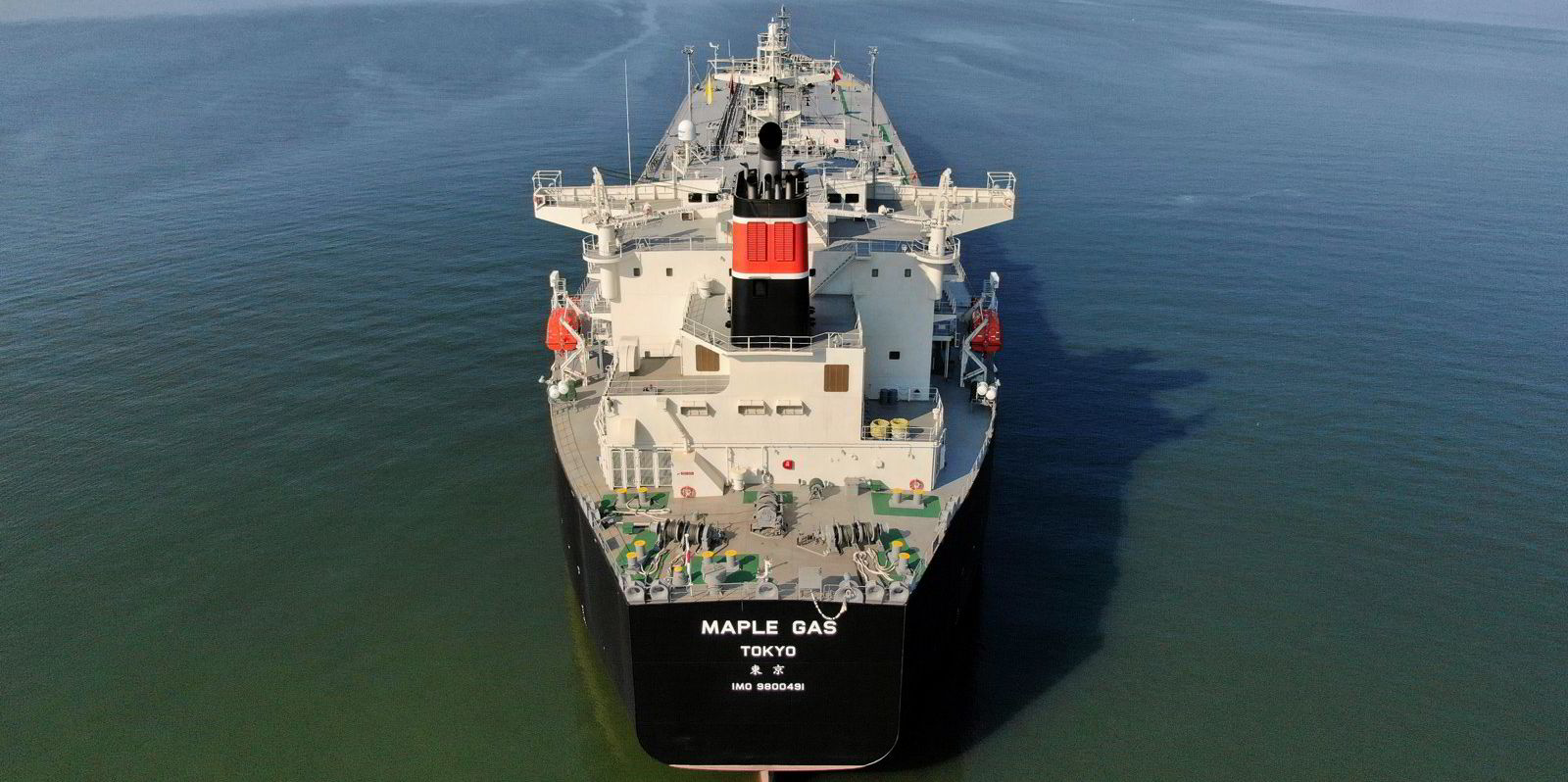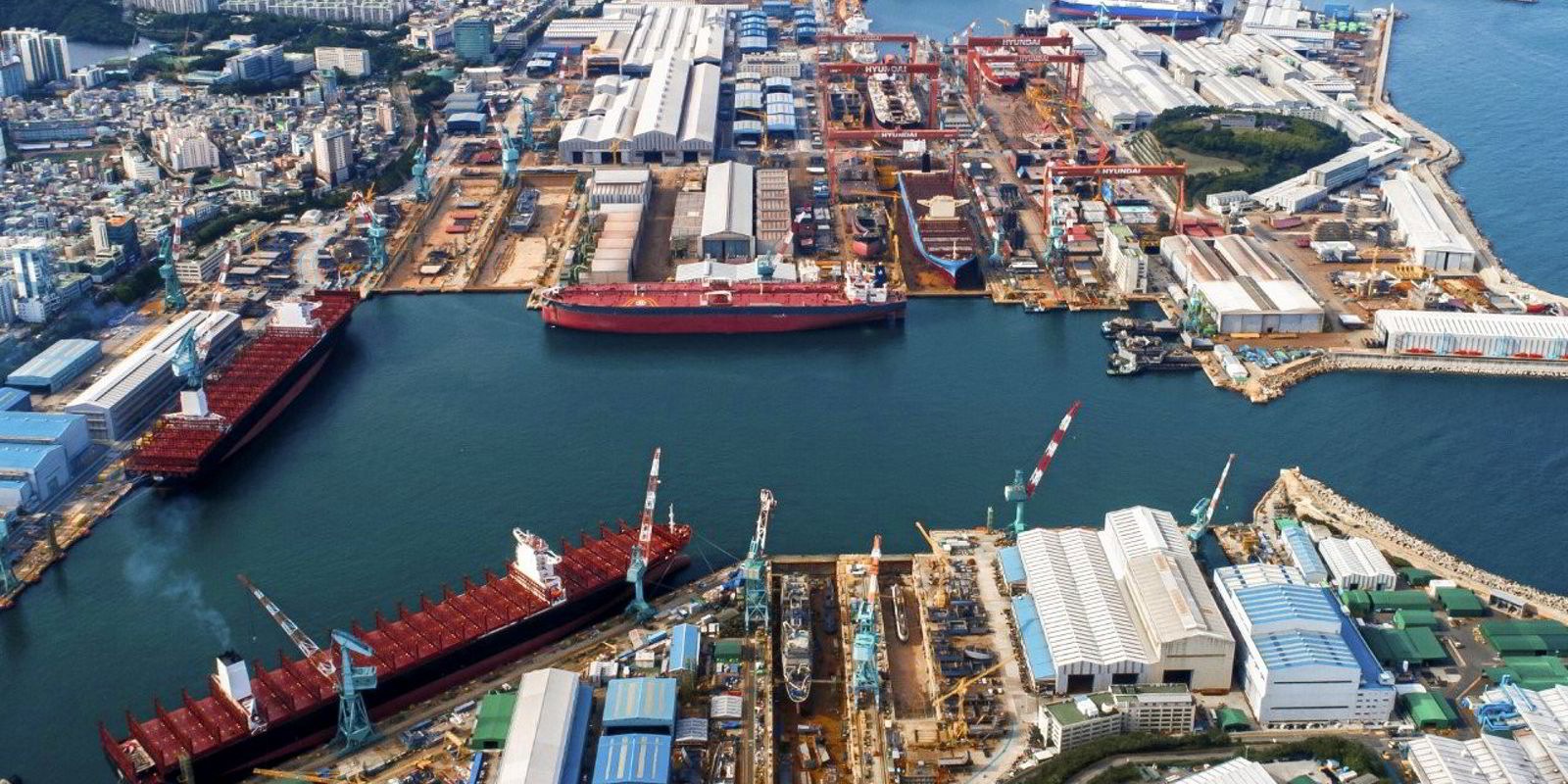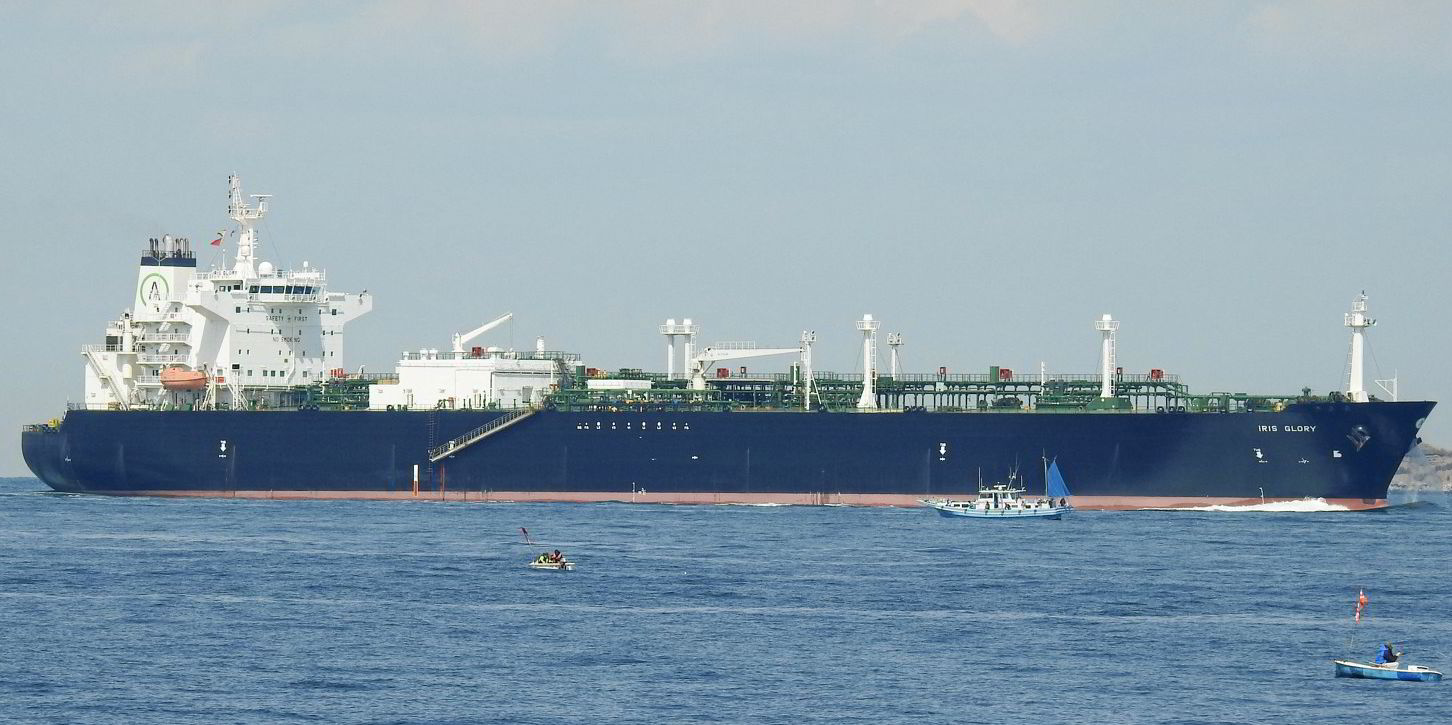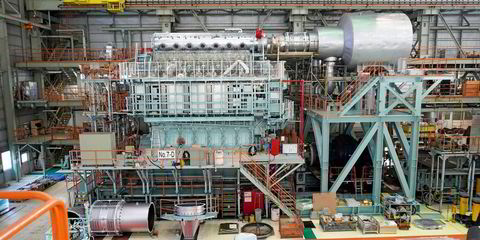Analysts have put a positive spin on the VLGC sector as global delays sparked a spike in rates to their highest level in five years.
Supply-side disruptions including delays in the Panama Canal and longer discharge times in Asia are proving to be a "real saviour" for owners, Fearnley Securities said.
Asian spot rates assessed by the Baltic Exchange rose a whopping $14.50 per tonne on Thursday, leaving time charter equivalent earnings at $75,000 per day, against $63,000 per day on Wednesday and up from a slump to $10,000 per day earlier this year.
By Friday the figure was $90.14 per tonne, the equivalent of $88,882 per day, up 64% month on month and the best rate since 2015.
Share prices jump
LPG carrier owners saw the biggest jump in share prices last week as a result, gaining 17% as a group.
"The LPG segment has been on a healthier footing since late July but last week’s jump in activity levels boosted VLGC spot rates to their highest levels since 2015," said Norwegian investment bank Clarksons Platou Securities.
Charterers were fixing a significant number of ships out of the US Gulf destined for the Far East, analysts said.
Rates on the US Gulf to China route jumped from $110 per tonne to $140 per tonne last week, while Arabian Gulf to Japan rates rose from $64 per tonne to $87.50 per tonne.
"This spike comes following a four-month period of strong and steady rates at between $40,000 per day and $50,000 per day," the investment bank said.
Seasonal weakness overcome
The winter months tend to be seasonally softer than other parts of the year as arbitrages diminish.
This is indeed the case currently, as naphtha spot prices in both Europe and Asia stay below those of propane, making naphtha, which is shipped on product tankers, a more favoured feedstock, Clarksons Platou said.
Propane is now $60 per tonne more expensive in the Far East and $10 more in Europe.
"However the price of propane between regions remains favourable for VLGCs, with US Gulf prices currently hovering around $290 per tonne as opposed to $380 per tonne in Europe and $450 in the Far East," analysts Frode Morkedal and Omar Nokta said.
"These wide differentials have prompted increased demand for US Gulf cargoes as well as an overall increase in trading activity. Charterers have become more active at a time of limited capacity due to heavy drydockings, disruptions at various ports as well as delays at the Panama Canal."
Ships are taking 10 days longer than usual to transit the Panama Canal.
"Although trading economics have improved, the key driver of rates are major fleet inefficiencies aiding the supply and demand balance," Fearnley analysts Espen Landmark Fjermestad, Peder Nicolai Jarlsby and Ulrik Mannhart said.
"In our view there is little suggesting these factors will abate any time soon, providing some visibility into the early stages of 2021."
There has also been continued re-routing of vessels, as well as the largest dry dock-related off-hire in VLGC history, Fearnley said.
Looking at 2021, the investment bank views the main risk as US production.
Owners upgraded
But the fact that 71 vessels, about a quarter of the VLGC fleet, are scheduled for dry-dockings should support the tonnage balance, it said.
Fearnley sees rates of $45,000 per day next year, up from its previous forecast of $27,000. It has upgraded Avance Gas and Dorian LPG to "buy", and also has BW LPG and Navigator Holdings as "buys".
Recent production data shows an improved picture for US LPG production, which has risen from lows last spring.
Growth in October and November stands at just above 4% year on year, with zero growth between April and September.
Jefferies analyst Randy Giveans said rates are recovering after a tough hurricane season.
US numbers encouraging
US exports of propane and propylene peaked in April at 1.7m barrels per day (bpd), but fell to a low of 700,000 bpd by mid-July.
Exports began to recover during August, but were disrupted in September and October by Hurricane Laura and other weather events in the US Gulf.
"We believe US exports will increase now that hurricane season is over, as several US and international LPG export terminal facilities start-up/ramp-up as LPG demand increases in the coming quarters," Giveans added.







